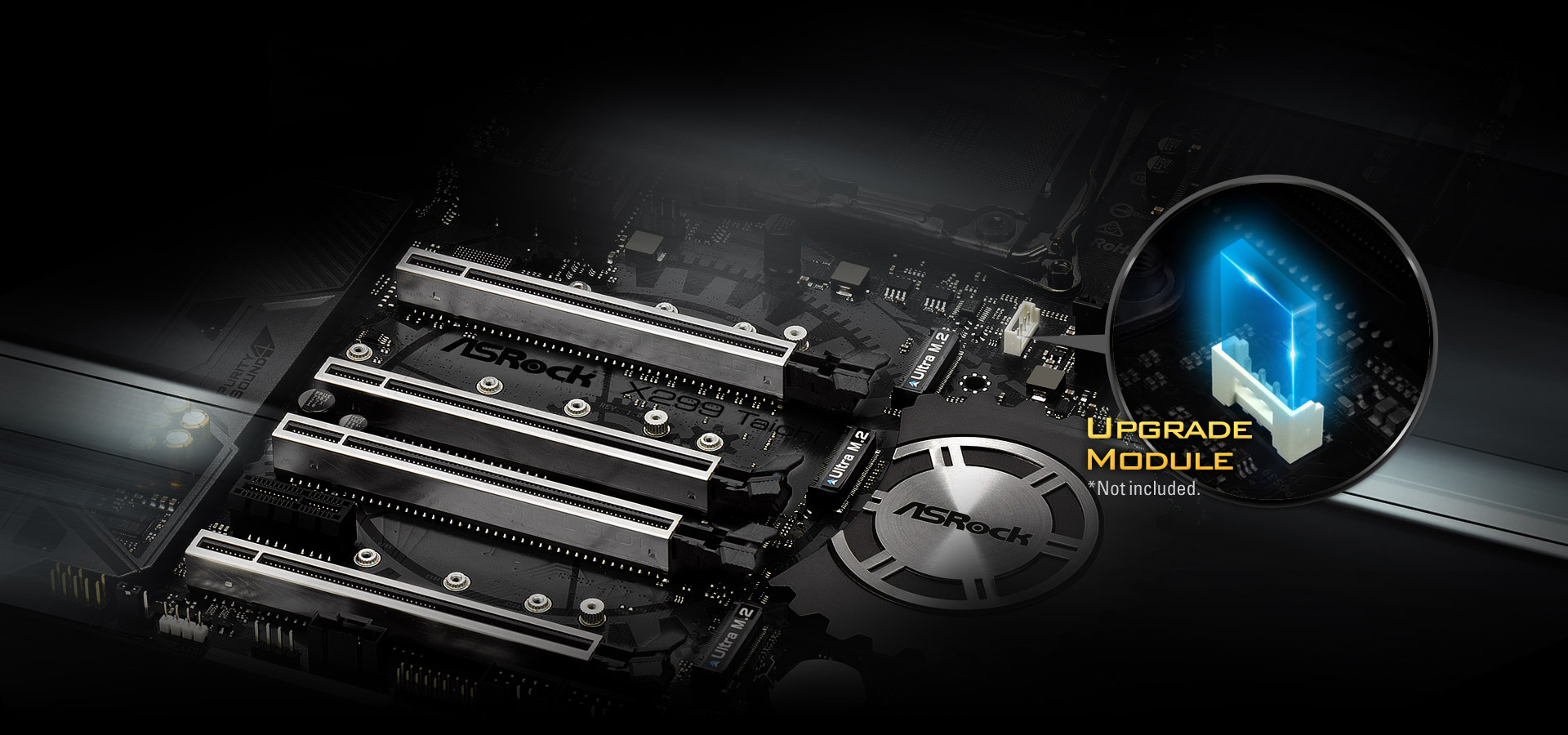

This is due to the ability of the array to simultaneously read or write a block to each of the disks in the array. Because the data is striped across multiple disks, you will see improved read and write performance, especially for larger files. Summary: RAID 0 stripes data at the block level across each of the disks in the array.Read on for a more detailed version of the pros and cons of each. Some common RAID levels include RAID 0, RAID 1, RAID 5, RAID 10. Not all RAID configurations are created equal in terms of redundancy, speed, or disk size.
Raid setup on virtualmachine software#
Depending on the complexity of your RAID configuration, performance could be an issue if you are using software RAID. Hardware RAID provides more flexibility via more configuration options and frees you from the limitations of a software RAID.

However, you are restricted to the RAID levels your OS can support. This is the cheaper option all you need to do is connect the drives and configure the OS.

Software RAID: When drives are connected to the server motherboard without a RAID controller, the configuration is managed by the Operating System’s software. This provides optimal performance, as the processing is handled by the RAID card rather than the server, providing less strain when writing backups and restoring data. Hardware RAID: With a hardware RAID setup, the drives connect to a RAID controller card inserted in the server’s motherboard. There are two types of RAID, each with their advantages and disadvantages. With RAID installed, the drive would be replaced, and you could rebuild and sync the RAID from the old drive to the new drive, and there would also be no backup restoration required. Then backups need to be restored all this could take 5 or more hours easy. Without RAID installed, your server and business will suffer downtime while the drive is being reconfigured and replaced. Here’s the nightmare scenario: Your hard drive fails (hard drives always fail, just a matter of when, let’s just hope it’s not Cyber Monday). If staying online is essential, RAID is your failover insurance. Whether to deploy RAID depends mostly on how important uptime is to your operations. Let’s go over some common questions regarding RAID and see what the best RAID configuration is for your server.įirst of all, ask yourself if your server needs a RAID set-up. RAID (Redundant Array of Inexpensive Disks) is a data storage virtualization technology that combines multiple disk drives into a single logical unit for faster performance, better hardware failover, and improved disk Input/Output reliability.


 0 kommentar(er)
0 kommentar(er)
